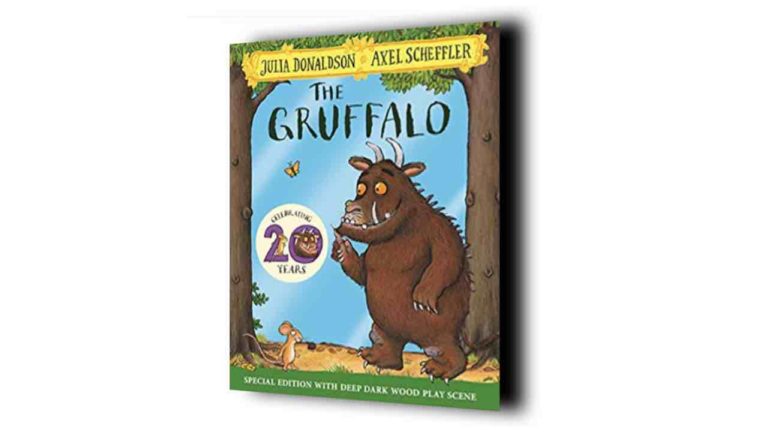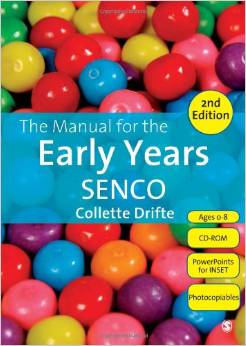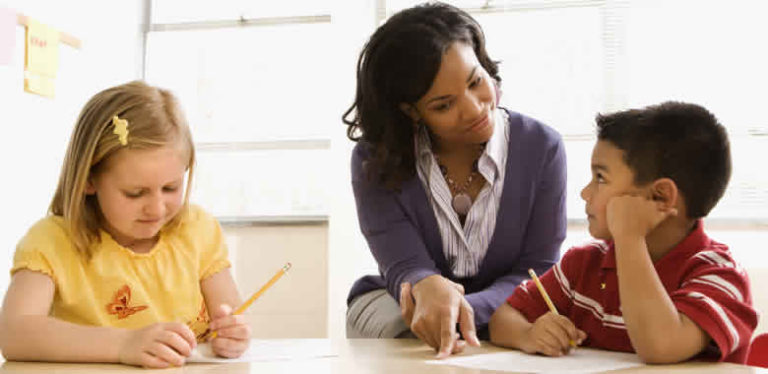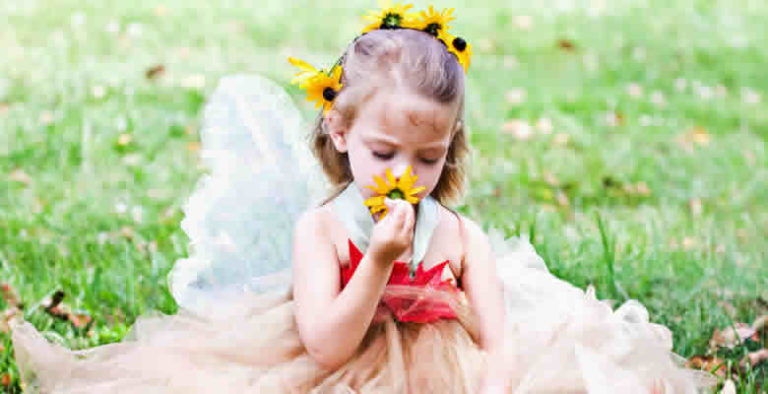Articles
Rabbit free flow play
Posted on October 13, 2011.
My name is Rosie and I live with my best friend Daisy at an amazing nursery.
We only arrived a few weeks ago, but we already have lots of friends, both children and their parents. Everyone seems to be interested in us, and it seems to be a great way to start a conversation with a parent.
The nursery owners have built a massive outdoor pen especially so the children can come into the run, with an adult, and stroke us. I love it when the toddlers give me a brush with the soft brush, but Daisy likes the babies tickling behind her ears better. We both like being fed fresh scraps of cabbage and carrot that the children bring from home, proudly carried by the children and creating interest from the parents about what’s happening at nursery.
I heard one of the mums say they had to sign a letter about allergies and getting permission to pet us – but honestly they would have difficulty stopping the children caring for us and being so gentle. I’d never played with babies before, but now I know they aren’t going to hurt me and they aren’t too scary, I really enjoy having them there.
In fact, one toddler was worried about her new baby sibling, but since looking after us she has been much more caring and understanding about new additions to the family. She even has some cuddly toy rabbits at home that she looks after.
Sometimes it does get a bit boring. We do like to be underground sometimes. But in one corner of the pen there has been some digging today. I think the children are looking for worms, but Daisy thinks our owner is putting in some pipes and underground runs for us. That would be fun!
Last weekend we woke up in the shed (which is our home next to the pen) to find a small flap that we could get through all by ourselves, with no one having to come and open the door for us. It was exhilarating to be able to go outside whenever we fancied – sometimes just to sniff the air and come back in, but sometimes to run and jump and enjoy the weather. Of course this means we can also scamper back in whenever the rain starts or if we get cold. I could think of nothing nicer than being able to decide for ourselves when to go out and when to come in.
I like the wind and the feel of the rain on my nose, the smell of the damp earth and the crisp frost on the grass, jumping over the puddles and watching the clouds whip across the sky. Daisy prefers the warm sun on her fur, the scent of summer flowers and the sound of birds chirping, the warm calm of the evening and the gentle first light. Being able to go indoors and outdoors when we like means we can both enjoy our favourite things. It has made us feel very confident and even made us want to explore more!
Daisy and I love having free flow play, but even more than that, we love all the care and nurturing we get from our children and grown ups.
Image by Robobobobo







